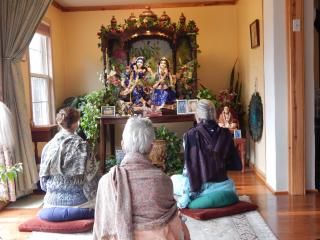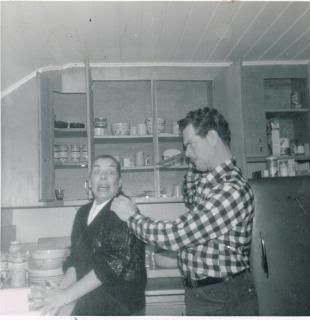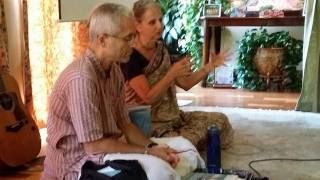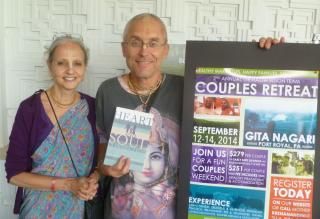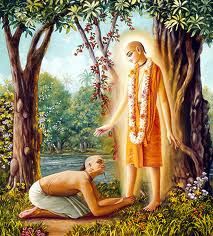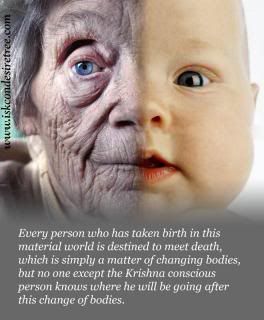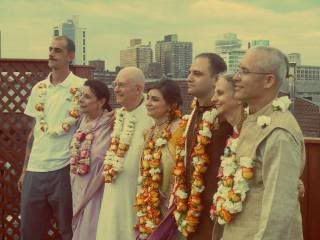(this blog is recorded on the full page: quick time player needed)
(Since I have a new audience, I thought I would continue to repost some of my favorite blogs (this one from 11-11-11) that continue my current themes about personal growth, personal power and a sense of personal mission. In general my mission is to provide encouragement and inspiration to my readers or listeners to be the best person they can in the pursuit of bhakti, or loving devotional thoughts and actions to please God, or Krishna. I point to the power of spiritual positive thinking while depending on Krishna. Real humility comes not artificially, but as a by-product of our spiritual development. With Krishna’s help and our faithful thoughts and actions, all things are possible.):
In the face of all our apparent problems, mistakes, and perceived failings and shortcomings, it is absolutely essential to remember our spiritual identity as a soul who is part of Krishna. This spiritual understanding is the solution to all problems and is the success of our life. You aren’t that body—remember? Don’t get so caught up in life as to deny this, or please consider this view if you have never thought of applying it practically. Bodily identification which is created and fostered by false ego—that most insidious and subtle element—encourages us to defend our misconceptions, and thus causes all our conflicts with others and unhappiness. Rather than looking inward, we think we need to add things on to our lives for fulfillment—of course, this is good for the economy!
Many of us suffer from low self-esteem, or a very poor opinion of ourselves, or we may display an inflated grandiose view of ourselves to cover this up (the dirty secret of our unworthiness). Some may not really have faith in the spiritual goal, and so remain with what they think is certain—however miserable or mediocre that may be. We may want to distract ourselves by remaining very busy so we don’t have to spend too much time thinking of our wounded, hurt self—or we may always be blaming others for our problems.










